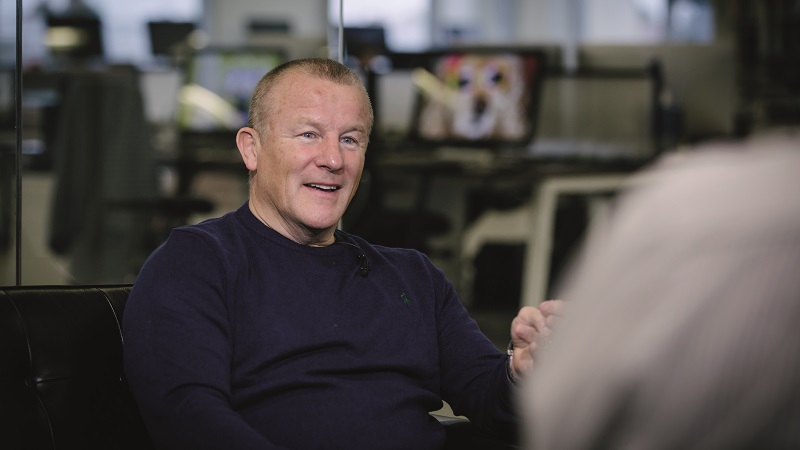Capping off a busy week of results, Aviva’s and Old Mutual’s yearly figures brought to light the wide-ranging fortunes of the British life companies and their investment businesses.
Both companies have had their shares of trials and tribulations over the years – Aviva’s share price tanking after it slashed its dividend back in 2013; and Old Mutual’s ongoing efforts to achieve vertical integration.
Legal & General’s figures released on Tuesday and Standard Life’s results, published a few weeks back, similarly contained ups and downs.
Both groups saw their assets under management expand over 2016, but investors continued to pull their money out of SL’s Global Absolute Return Strategies vehicle
As we saw earlier in the week, with the £11bn merger between Standard Life and Aberdeen Asset Management, consolidation has become the logical next step for asset managers of a certain size to defend against fierce competition from passive products and increased regulation.
Most commentators understood the rationale behind SL’s latest acquisition, while simultaneously calling it out as a “defensive deal.”
Of course it’s not just the insurance investment management hybrids that are folding under the pressure of increased regulation and competition from passive players.
But looking at the mixed bag of final results from Britain’s biggest insurers begs the question – are they biting off more than they can chew by trying to compete in the asset management industry in the first place?
Fundhouse co-founder Rory Maguire said that years ago, he would have had a harder time believing the life company and asset management cultures could be sympatico. But over the years, Prudential’s M&G and SL’s investment division have shown these arrangements can work.










